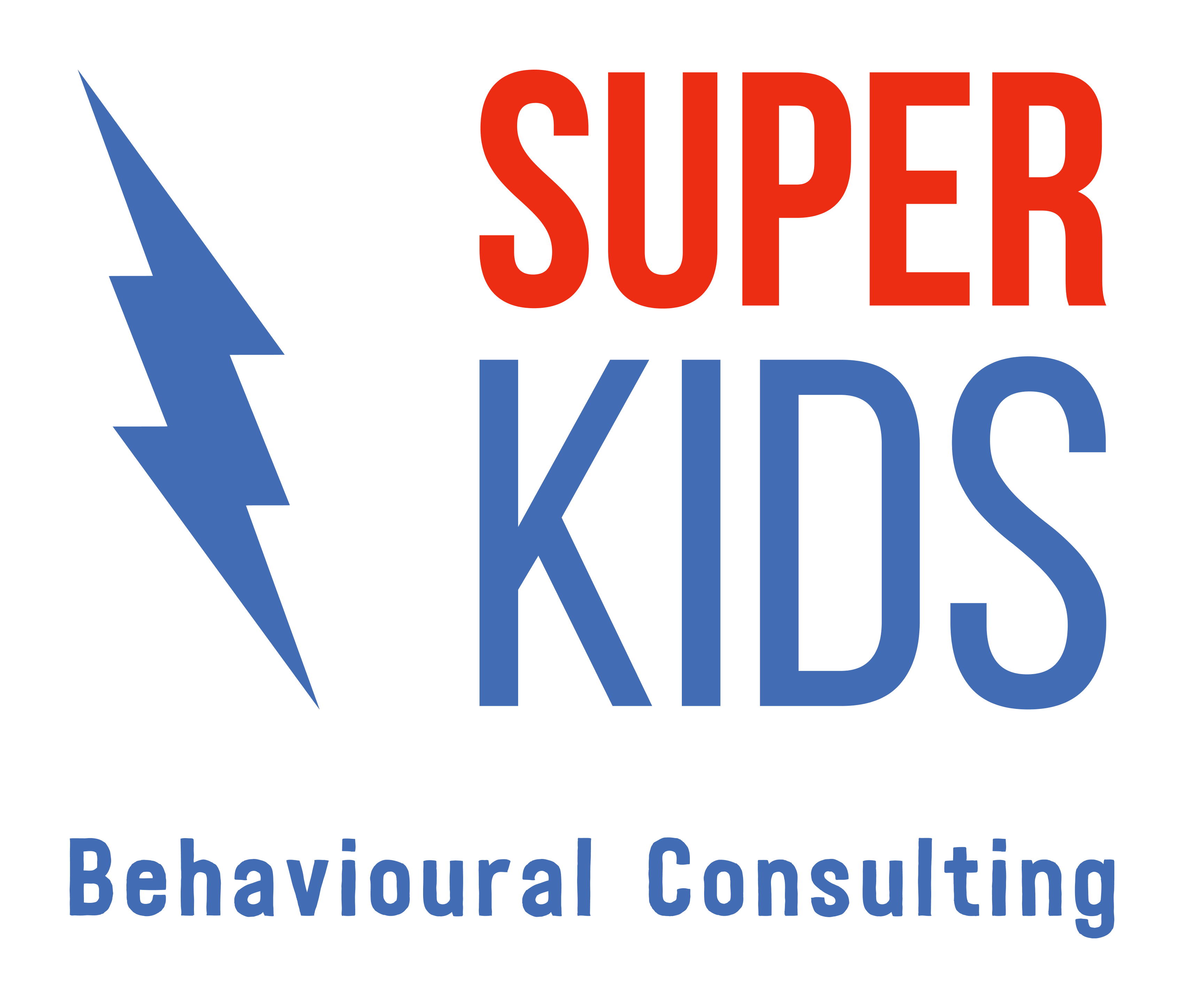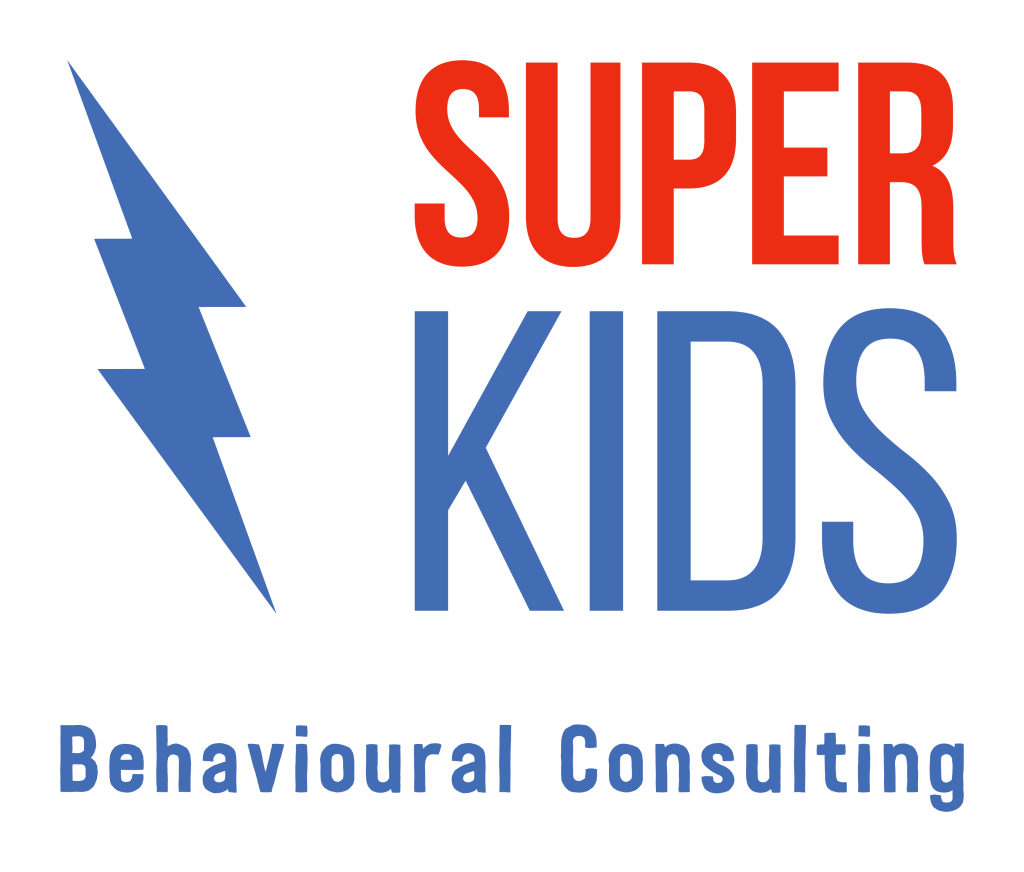Why It’s Okay to Go Slow: Therapy Progress Isn’t Always Linear

Renee Collins
Clinical Director

First, we need to challenge the idea that therapy should follow a straight line. Progress in therapy, especially in behaviour support, is rarely linear. Children (and adults) move forward, pause, regress, and leap again. These fluctuations are not detours; they’re part of the process.
Slow therapy progress often happens because we’re focusing on building trust first. In models like Skills-Based Treatment (SBT), for example, therapy begins by creating joyful rapport. No demands, no pressure—just connection. This may feel slow on the surface, but beneath it, essential foundations are forming. We’re helping children feel safe enough to learn. That’s not a delay. That’s the work.
Why Rushing Can Backfire: The Risks of Prioritising Speed
It’s tempting to want “faster results”, especially when you’re navigating funding deadlines, waitlists, or well-meaning comparisons from friends and family. But pushing too hard or introducing interventions too early can have unintended consequences.
When we rush:
We may skip over the relational groundwork and skills that makes learning possible.
We risk creating demand-avoidance or behavioural escalation.
Children may develop mistrust or anxiety around therapy sessions.
Slow therapy progress allows for responsiveness. It lets us pause when something isn’t working. It gives children space to say “no,” self-regulate, or simply have an off day, without fear that everything will unravel.
Slow Therapy Progress in Toilet Training
Toilet training anxious children is another perfect example of where slow and steady wins the race. Some children take to it quickly, others need time. And that’s okay. For children with developmental delays or anxiety around the bathroom, rushing toileting often leads to more resistance, not success.
Instead of focusing on speed, we can:
Track signs of readiness over arbitrary age milestones.
Reinforce small wins like sitting on the toilet or recognising the urge to go.
Consider medical reasons behind regression or illness.
In these cases, slow therapy progress is actually strategic. It helps build lifelong toileting independence rather than short-term compliance.
The Benefits of Going Slow: What Progress Really Looks Like
Here’s what we gain when we embrace slow therapy progress:
1. Stronger Relationships
Trust is the foundation of learning. When we slow down, we can prioritise rapport, connection, and consent, all of which make children more likely to engage willingly.
2. Generalisation of Skills
Skills learned quickly in one setting may not transfer easily. Slower learning, reinforced over time and across contexts, tends to “stick” better. Children begin to use skills not just in therapy, but at home, school, and in the community.
3. Emotional Safety
Speed can trigger fear or resistance in children who have had negative experiences with therapy or demands. A slower pace communicates: You are safe. You are in control. We’re here with you. This fosters cooperation over compliance.
4. Reduced Burnout—for Everyone
Slow therapy progress can reduce burnout for both children and families. It gives everyone permission to rest, reset, and show up consistently, instead of sprinting toward unrealistic goals.
How to Talk About Slow Therapy Progress with Others
It’s not always easy to explain slow therapy progress to those outside your immediate support circle. Teachers, extended family, or funding agencies may want to see quick wins or measurable change.
Here are a few ways to reframe the conversation:
“Our priority is emotional safety and generalisation, not just ticking off goals.”
“We’re following the child’s pace, which makes the progress more sustainable.”
These reframes help shift focus from performance to process, reminding others (and ourselves) that not all progress is visible in data sheets or short timelines.
Celebrating Wins Along the Way
Just because progress is slow doesn’t mean it’s not worth celebrating. In fact, slower gains often reflect deeper work and bigger courage. That first moment of eye contact, the first time your child tolerates a demand without protest, or the first shared giggle in a session, these are huge.
Track wins with language that reflects growth:
“He stayed with us the whole session today.”
“She asked for help instead of getting upset.”
“They chose to rejoin after a break.”
Acknowledging these moments helps reframe slow therapy progress as success in motion.
Red Flags & When it May Not be Okay
While slow therapy progress is often a sign of thoughtful, child-led support, there are times when it may signal a problem. It’s important to know the difference between meaningful, paced progress and true stagnation. Red flags include a total lack of observable gains over several months, frequent distress or disengagement during sessions, or if therapy feels chaotic, inconsistent, or lacking structure. Your child’s therapy program should be supervised by someone qualified and skilled. If your child consistently resists participation, isn’t acquiring new skills, or if your concerns are dismissed without collaboration, it may be time to reassess. Slow progress should still feel purposeful and safe. If it feels confusing, disconnected, or unproductive, trust your instincts, those are moments to ask deeper questions, seek a second opinion, or explore alternative supports.
Final Thoughts: Trust the Process, Honour the Pace
Progress in therapy doesn’t have to be fast to be meaningful. Especially in ABA models that value consent, connection, and person-centred practice, the slower road often leads to more durable change. When children feel safe, respected, and empowered to learn at their own pace, they’re not just acquiring skills, they’re building resilience, confidence, and joy.
So if your child’s therapy feels slow right now, take heart: it’s probably working better than you think. Slow therapy progress isn’t always a sign to worry, it’s often a sign that something beautiful is unfolding, one brave step at a time.
Super Kids acknowledges each individual’s personal preference to use identity-first or person-first language to describe themselves or their loved one. We interchangeably use both language conventions and therefore refer to both Autistic children and children with Autism.






